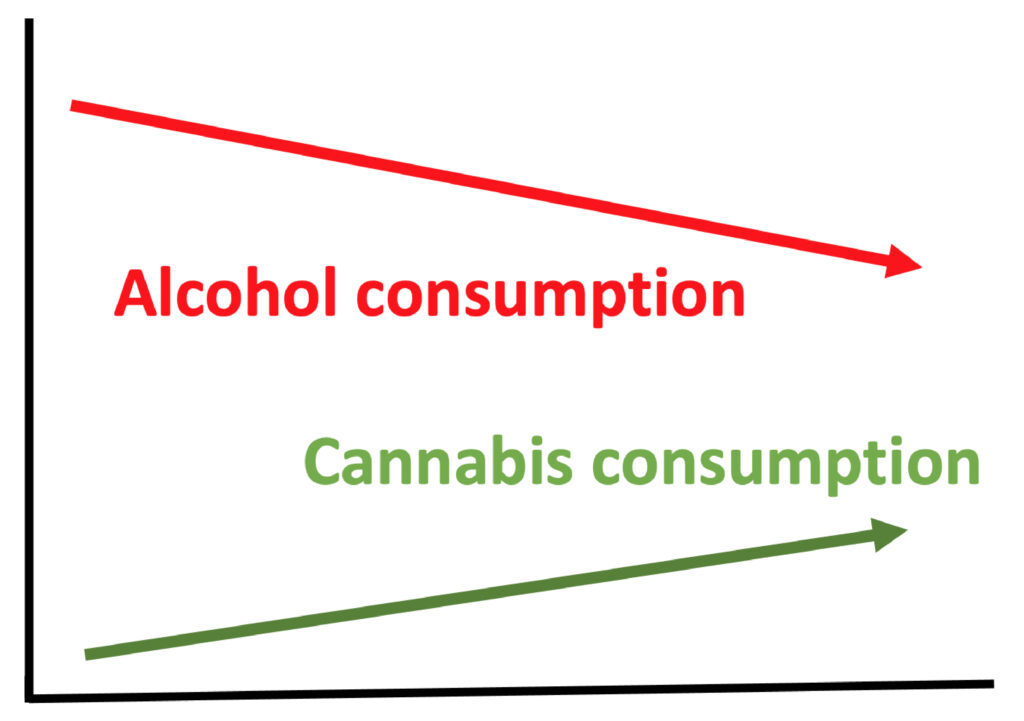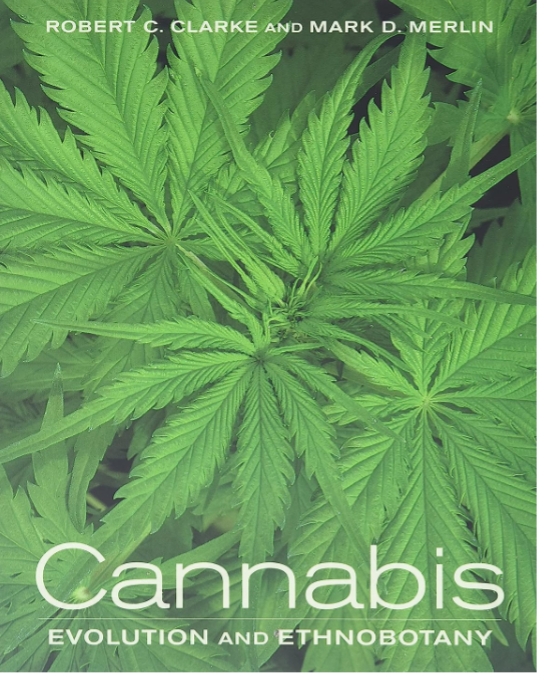The world of medicinal cannabis is vast and intricate, with one term frequently emerging in discussions: the “entourage effect.” But what does it mean, and why is it significant when considering the therapeutic potential of cannabis products?
Understanding the Entourage Effect
Christensen et al. has recently published in Biomedicines a great overview of what we know so far about the entourage effect. Originally coined in a pre-clinical study, the term “entourage effect” referred to the observation where endogenous bio-inactive metabolites enhanced the activity of a bioactive endocannabinoid. In simpler terms, certain inactive compounds, when present, amplified the effects of active ones. This concept was later extrapolated to full-spectrum medicinal cannabis products, suggesting that they might offer a more profound effect than their isolated counterparts.
The entourage effect postulates that the therapeutic impact of the whole plant is greater than the sum of its individual parts. This means that a full-spectrum cannabis product, containing a range of cannabinoids, terpenes, and other compounds, could provide better therapeutic outcomes than a product containing just a single compound, like THC or CBD.
Key Components in Cannabis and Their Interactions
To delve deeper into the entourage effect, it’s essential to understand the primary components of cannabis:
- Cannabinoids: These are the most well-known compounds in cannabis, with THC (tetrahydrocannabinol) and CBD (cannabidiol) being the most prominent. While THC is known for its psychoactive effects, CBD is recognized for its therapeutic potential without the “high.”
- Terpenes: These aromatic compounds give cannabis its distinctive smell. But beyond aroma, terpenes can also influence the effects of cannabinoids, potentially enhancing their therapeutic properties.
- Flavonoids: Present in cannabis, certain flavonoids like cannaflavins have demonstrated therapeutic properties, such as anti-inflammatory effects.
The interactions between these compounds can be classified into two types:
- Intra-entourage: Interactions between similar compounds, like cannabinoid-to-cannabinoid or terpene-to-terpene.
- Inter-entourage: Interactions between different types of compounds, such as cannabinoid-to-terpene.
Why the Entourage Effect Matters
The entourage effect is more than just a buzzword. It represents the intricate interplay between various cannabis compounds and their collective therapeutic potential. For instance, while THC is known for its psychoactive properties, its effects can be modulated by the presence of CBD. CBD can influence how THC interacts with certain receptors, thereby altering the overall therapeutic and psychoactive experience.
Terpenes also play a pivotal role in the entourage effect. These aromatic compounds, while primarily known for giving cannabis its distinctive smell, can influence the effects of cannabinoids, potentially enhancing their therapeutic properties. Some terpenes can increase the permeability of the blood-brain barrier, allowing cannabinoids to exert their effects more efficiently. This interaction exemplifies the potential synergistic benefits that can arise when multiple compounds in cannabis work in tandem.
However, while the term often denotes synergistic effects, implying that cannabis compounds target the same receptor system to produce an amplified therapeutic effect, it is essential to recognize that antagonistic interactions might also occur. Such interactions can be as significant as synergistic ones, especially when considering the overall therapeutic profile of a cannabis product.
Furthermore, the term “entourage effect” has been subject to debate within the scientific community. Some critics argue that its usage is primarily for marketing purposes in the cannabis industry, while others believe it holds genuine pharmacological relevance. The term was originally coined to describe bio-inactive compounds potentiating a bioactive compound’s activity. It was later applied to full-spectrum medicinal cannabis products, suggesting an enhanced therapeutic effect compared to isolated compounds.
We can be quite certain that the entourage effect accentuates the intricate and synergistic relationships between the various compounds in cannabis. It suggests that to harness the full therapeutic potential of this plant, one must consider it in its entirety rather than in isolation.



